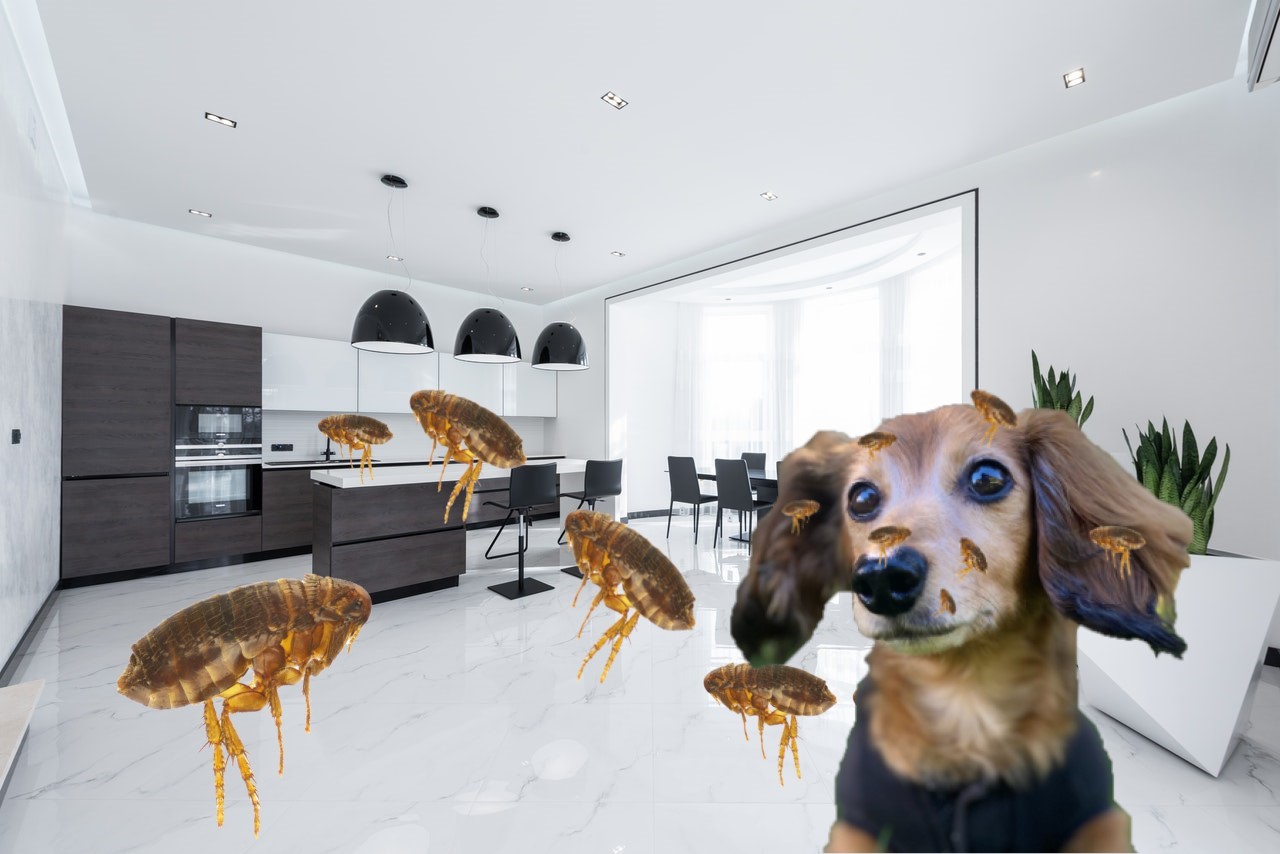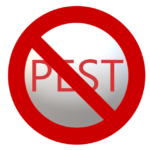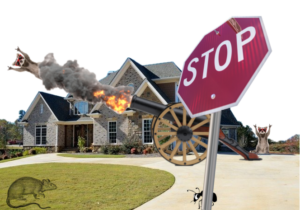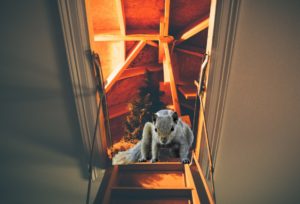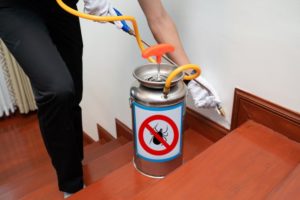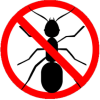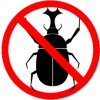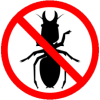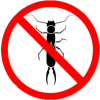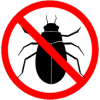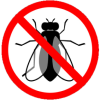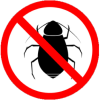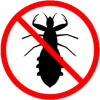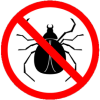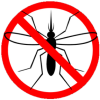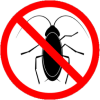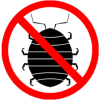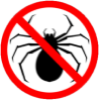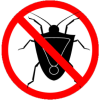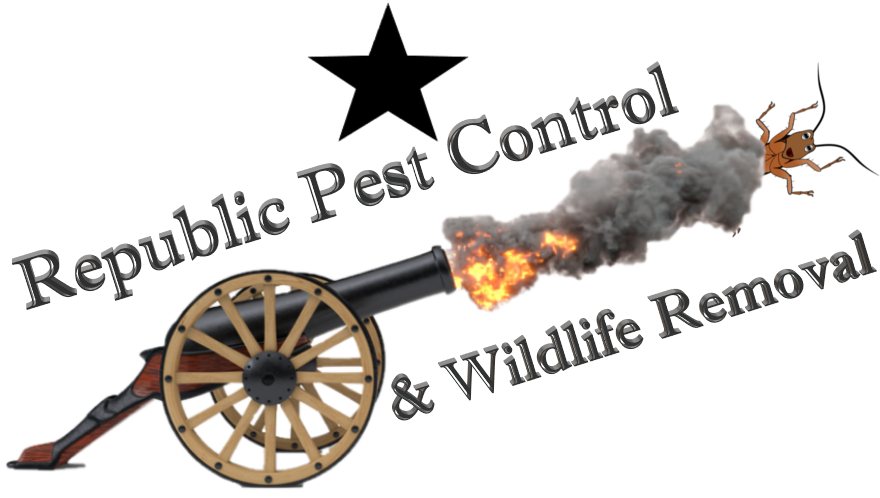If you have ever had a fleas in house problem then you know how hard it can be to get rid of them both in your home and on your pets. Fleas are parasitic insects that feed off of the blood of humans and animals.
Flea Exterminator In Houston
The most common flea found in the United States along with Houston is the cat flea. There is a flea named the dog flea but it is predominantly found in Europe, not in Houston. Contrary to its name, the cat flea can be found on dogs, squirrels, raccoons, and other wildlife. Looking for a flea exterminator in Houston then contact us for expert flea control. Cat fleas are reddish brown in color and are only about the size of the tip of a fingernail. They have six legs, are flat in shape and have antennae.
Fleas, The Wingless Villain

Fleas do not have wings but they do have long legs that let them jump far distances. They have bristles that are pointed backwards which are what allows them to move through fur and feathers so easily. To understand how to get rid of fleas you must first understand the life process of a flea.
Fleas In House? Understand The Stages Of Flea Development
Do you have a fleas in house, on your pets or in your furniture and yard problem? Fleas in your house will develop in four different stages.
- The first stage is the egg stage. This is where a mother flea has laid her eggs approximately two days after ingesting her first meal of blood. Female fleas produce about 30 eggs per day.
- The second stage is the larva stage.
- Pupa, the larva will spin a cocoon where the next stage, the pupa will be created.
- The adult flea stage is anywhere from one to two weeks after the larva stage process and then the process starts all over again.
Your House, The Perfect Flea Habitat
Fleas cannot survive in hot and dry environments; they need shade to thrive. This is why your home is the perfect environment for fleas to flourish in. Your home is cool and there are many places for the flea’s eggs to go unnoticed.
Flea Eggs Laid On Pets & Pet Beds

The most common places fleas in house will lay their eggs and start creating more fleas is on pet bedding and under any nearby furniture. The easiest way to determine if you have fleas it to check your pet first, especially if they have been itching, scratching, and chewing on themselves.
Red bumps and hair loss is another sign they may have fleas. If you notice small black dots within their fur it is most likely flea feces and your pet has a flea infestation. This should lead you to check your animals bedding and any carpet or rugs nearby for more black specs.
Flea Larva In House
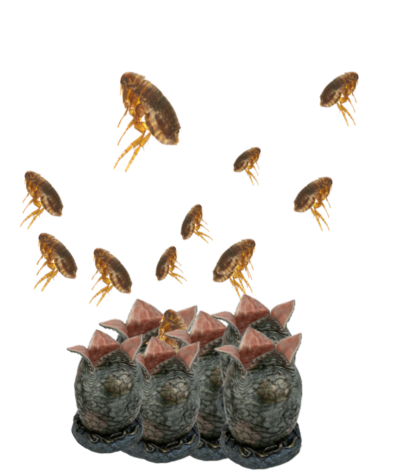 Flea larvae can be almost impossible to detect because female fleas hide their eggs behind furniture or in the cracks between carpeting and floorboards. Depending on how sensitive your pet is to fleabites will determine how severe of a reaction they have. For some animals it is a mild irritation and just causes them to itch and chew sometimes. For other animals it can be a source of constant irritation with non-stop scratching and chewing, and even yelping as your dog is being bit. Animals fur coats can become rough and soiled looking and they may get more nervous then usual.
Flea larvae can be almost impossible to detect because female fleas hide their eggs behind furniture or in the cracks between carpeting and floorboards. Depending on how sensitive your pet is to fleabites will determine how severe of a reaction they have. For some animals it is a mild irritation and just causes them to itch and chew sometimes. For other animals it can be a source of constant irritation with non-stop scratching and chewing, and even yelping as your dog is being bit. Animals fur coats can become rough and soiled looking and they may get more nervous then usual.
Fleas Bite People
Although fleas do not infest people, they will bite you if your home is infested. Fleabites most often show up on the lower legs and ankles area. They are small, itchy, red bumps that can turn into rashes or hives depending on how allergic a person is to fleabites.
Flea Pest Control & Flea Exterminator Service
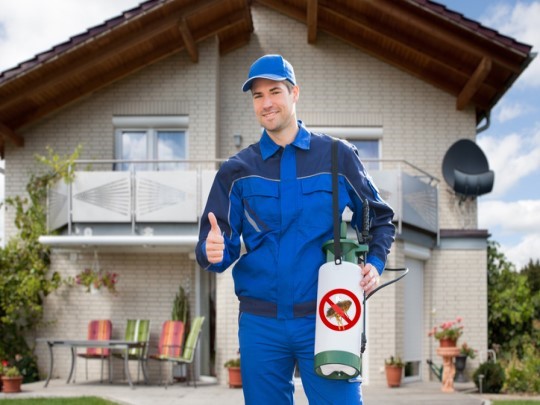
Luckily there are preventative measures and treatments that can rid you and your pet of flea infestations. It is not easy but with time and patience you can rid yourself of fleas for good. If you already have fleas in your home and on your pets then a treatment plan is where you need to start.
6 Steps To Stop Fleas In Your House
- It is highly suggested to start by sanitizing your home to prevent fleas in house. This means vacuuming thoroughly and often as well as changing and cleaning pet bedding routinely. Make sure to vacuum under the places your pet sleeps the most, under furniture, beds, along walls, under cushions, and chairs. The process of vacuuming can clean up to almost seventy percent of flea eggs and approximately up to forty percent of flea larvae. If your vacuum requires bags, do ensure that you throw them out at least once per week. If your vacuum does not require bags then it is best to clean it out with soapy water once a week, until your flea problems are gone. It is essential to do this since fleas can continue to repopulate inside vacuums.
- Using a steamer to clean your carpets, beds, and sofas will also ensure that flea eggs and larvae do not survive. Fleas in all stages cannot take the heat that a steamer produces.
- It is also wise to wash your own bedding and any blankets that are often used around the house frequently to get rid of any fleas, flea eggs, or larvae that may be hiding on them.
- The most effective way to treat a flea infestation in your home is to call a professional pest control expert. They will pinpoint what areas need to be treated and go from there.
- The next step is to treat your pets. Any pets that are showing sign of a flea infestation should be treated immediately. You can do this by simply brushing them with a flea comb that is routinely dipped into soapy water, or an equal parts lemon juice and water solution. This will kill the fleas that are pulled off by drying them out. Next, you should apply a topical flea treatment. Topical flea treatments work best when the dog is actually a little dirty, so make sure you do not bath your dog right before applying these treatments. According to the directions, you should also not wash your dog for at least two days after application. Once this time period has passed make sure to wash pets regularly to keep fleas at bay.
- Finally, it is a great idea to get a prescription from your veterinarian for a flea medicine that your dog can take monthly that will break the flea cycle. Most of these medicines make is so that the fleas that bite your dog cannot reproduce.
If you do not have a flea problem then preventative flea maintenance is a great option. Hiring a professional pest control expert is definitely the way to go. Whether you try it yourself or call a pest control expert, to officially get rid of fleas can take weeks if not a couple of months. The flea’s lifecycle is what makes it so tricky to get rid of them once you have them. So call your local professional today and make sure you, your family, and your pets are protected from fleas today. Explore further, an comprehensive study of fleas and recommendations from the CDC.

